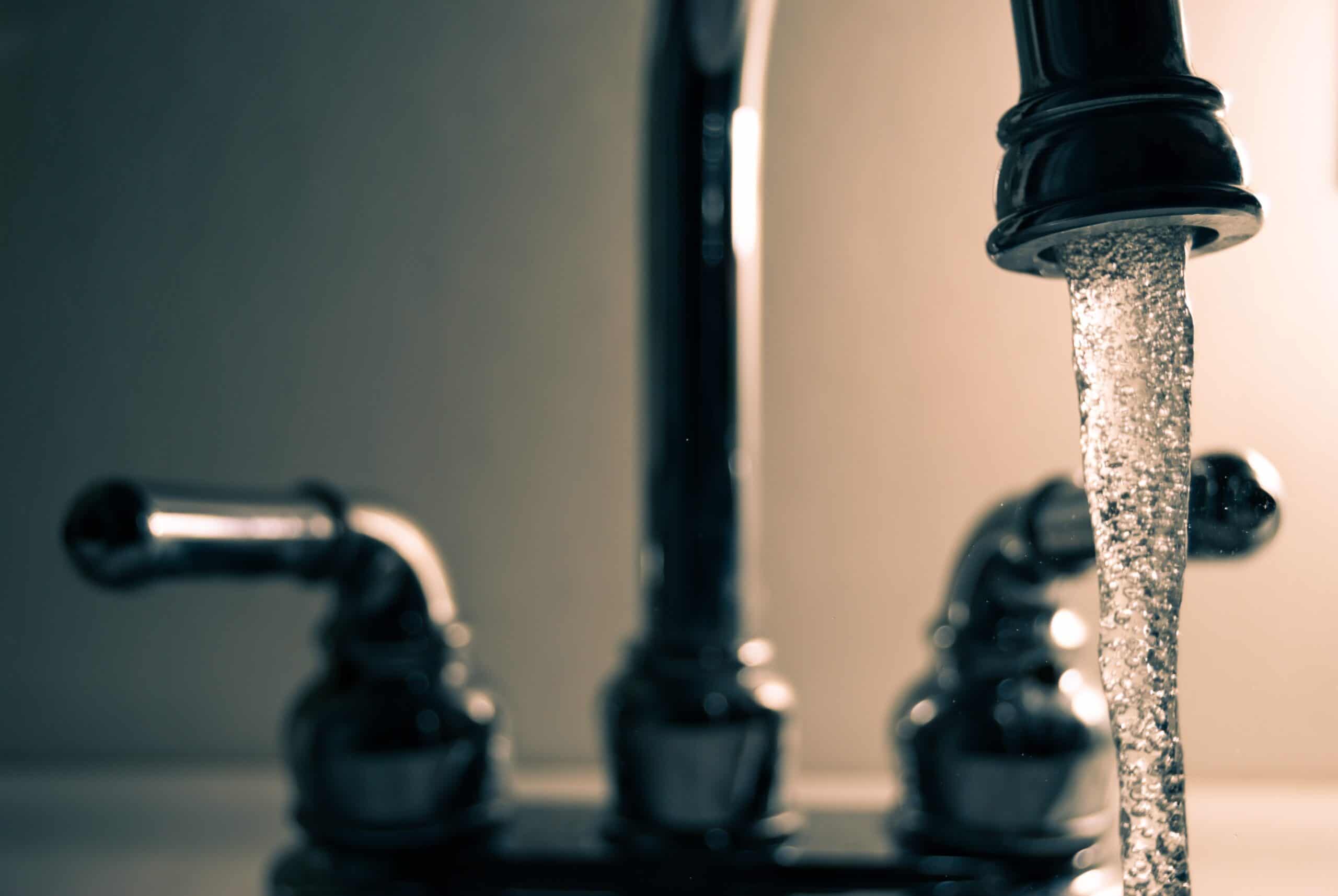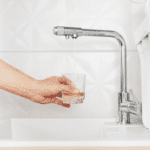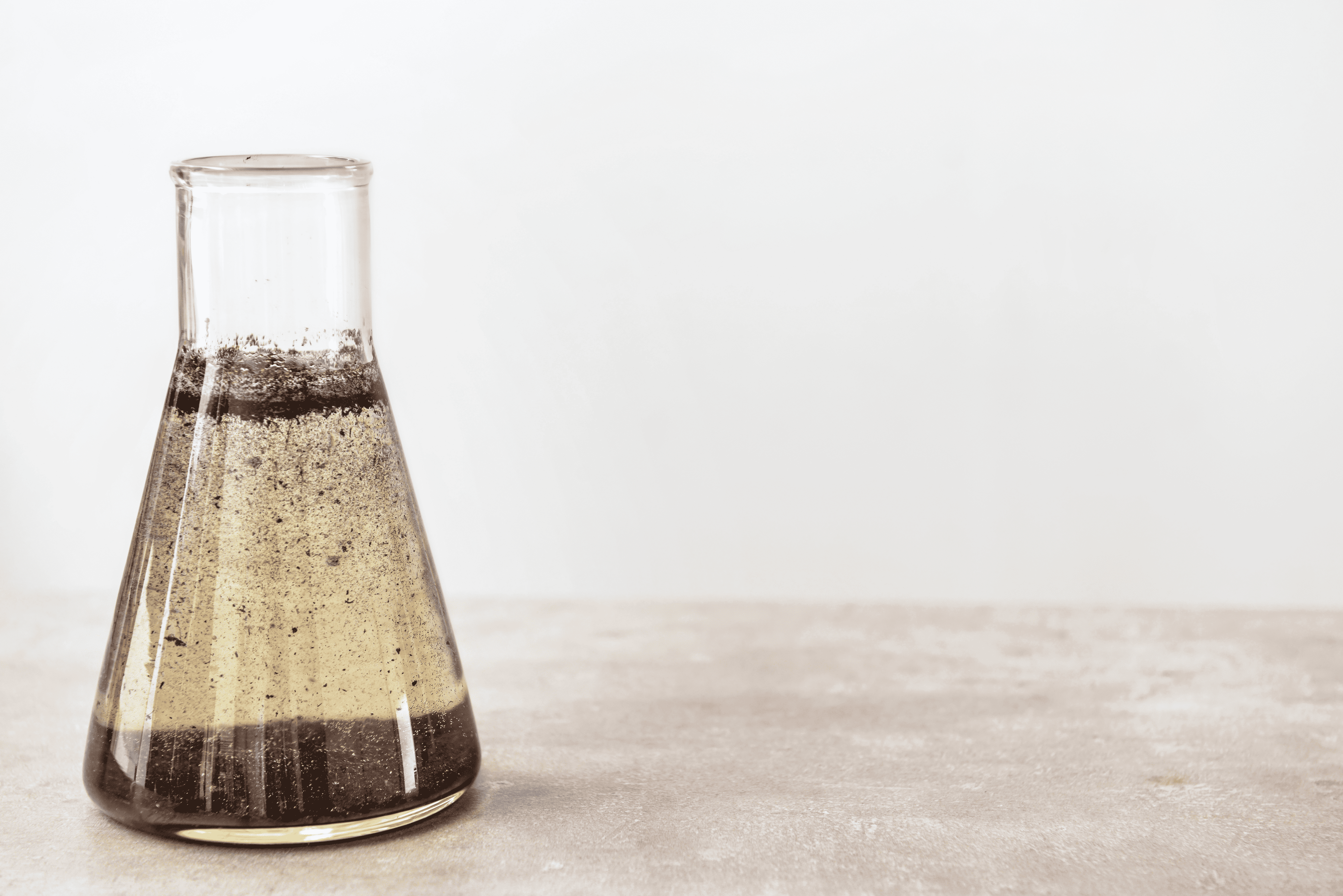If you’re concerned about your water quality, testing for iron levels is a good place to start. This guide will show you how to test for iron in water, as well as what to do if the levels are too high.
Although iron is a necessary mineral, too much iron in your water can cause health problems and stain laundry and plumbing fixtures. It can also cause taste and odor issues.
In the United States, the Environmental Protection Agency (EPA) regulates public drinking water. The EPA has set amaximum contaminant level (MCL) for iron in water at 0.3 mg/L. If your water contains more than this amount of iron, you should take steps to remove it.
Fortunately, testing for iron is relatively simple and inexpensive, which I’ll discuss in this post. If you find that your water has high iron levels, there are treatment options available to remove the iron. Read on to find out!
How Does Iron Get into Water?
Here are the three most common ways that iron gets into water:
Natural Process
Iron is often found in rocks and minerals. When rainwater or melting snow seeps through these rocks, it can dissolve small amounts of iron and carry it into rivers, lakes, and aquifers.
Soil
Soil typically contains more iron than rocks. This means that when rainwater percolates through the ground, it can pick up higher concentrations of dissolved iron. It can also be introduced into the water through human activities, such as mining, sewage disposal, and the use of iron-containing pesticides.
Corrosion of Iron Pipes
Iron oxidizes when it’s exposed to oxygen. This creates a thin layer of rust on the surface of the iron pipes. Over time, this layer can become thick enough to cause the metal to break apart.
When iron pipes corrode, they can release iron into the water. This can cause a reddish-brown stain on laundry and other surfaces.
The concentration of iron in water varies depending on the source of the water. Groundwater typically contains more iron than surface water.
What Are the Symptoms of Iron in Your Water?
Water Color and Taste
The most common symptom of iron in water is reddish-brown staining on laundry and plumbing fixtures. This happens because iron reacts with oxygen to form rust, which is then deposited on surfaces.
Water that contains high levels of iron can have a reddish-brown, orange or yellow tint.
Iron can also cause taste and odor problems in water. The water may have a metallic taste or smell like chlorine. If you suspect a metallic taste in your water, you should have it tested by a professional.
Clogged Pipe
If your home has iron in the water, you may notice that your drains become clogged more easily. This is because iron bacteria can form a slimy substance that builds up on pipes and restricts water flow. In addition to causing clogged drains, iron bacteria can also cause a foul odor.
How to Test for Iron in Drinking Water
To iron-test your water, you can post a water sample to a certified water testing laboratory, or do a DIY test at home using a water testing kit.
Certified Laboratories for Drinking Water
When it comes to testing for iron in drinking water, it is best to leave it to the professionals. State-certified laboratories are able to provide accurate results and will charge around $100 for the service. The price may vary depending on the type and number of tests.
The process simply includes collecting water samples and posting them to the laboratory. They’ll send you back the test results which are more extensive than a DIY test at home.
DIY At-Home Water Testing Kit
If you’re simply curious about your water content, a home water test kit can give you some peace of mind. There are less expensive test kits available to check for iron in your water.
To do a DIY test, you will need to purchase a home water testing kit from a hardware store or online. Follow the instructions included with the kit to collect a water sample and test it for iron content.
To use an at-home testing kit, simply dip a strip into a sample of your water and compare the change in color to a chart included with the kit. If the color change falls within the acceptable range, then your water is safe to drink.
If the results of your DIY test show that the iron content in your water is high, you should contact your local water utility for further testing and treatment options.
How to Treat If I Find Iron in My Water?
There are a few things you can do to treat your drinking water:
- A water softener is the best way to remove iron from your water supply. Water softeners work by exchanging the iron in your water for sodium ions. This process is known as ion exchange. Ion exchange is a safe and effective way to remove iron from your water supply.
- KDF filters are another effective way to remove iron from water. They create a chemical reaction that causes iron to bind to the KDF media. This makes it impossible for iron to pass through the filter and into your drinking water.
- Reverse osmosis (RO) filtration can also remove iron from water, as well as other contaminants such as lead, bacteria, and many other impurities.
- Finally, you can boil your water. Boiling your water will kill any bacteria that may be present in your water and make it safe to drink.
Frequently Asked Questions
What is the Acceptable Level of Iron in Drinking Water?
The acceptable maximum contaminant level (MCL) for iron in drinking water is 0.3 mg/L. Water with an iron concentration above the MCL can cause discoloration of water, staining of laundry and plumbing fixtures, and taste problems. Excessive iron in water can also promote the growth of bacteria that can cause disease.
What is Iron Bacteria in Surface and Well Water?
Iron bacteria are microorganisms that get their energy by oxidizing ferrous iron. They are found in both surface and groundwater. In surface water, they are usually found in stagnant water or where there is a lot of organic matter.
In groundwater, they are found in aquifers with high iron content. Iron bacteria can cause problems because they can clog pipes and pumps, and they can also give water a bad taste and smell.









